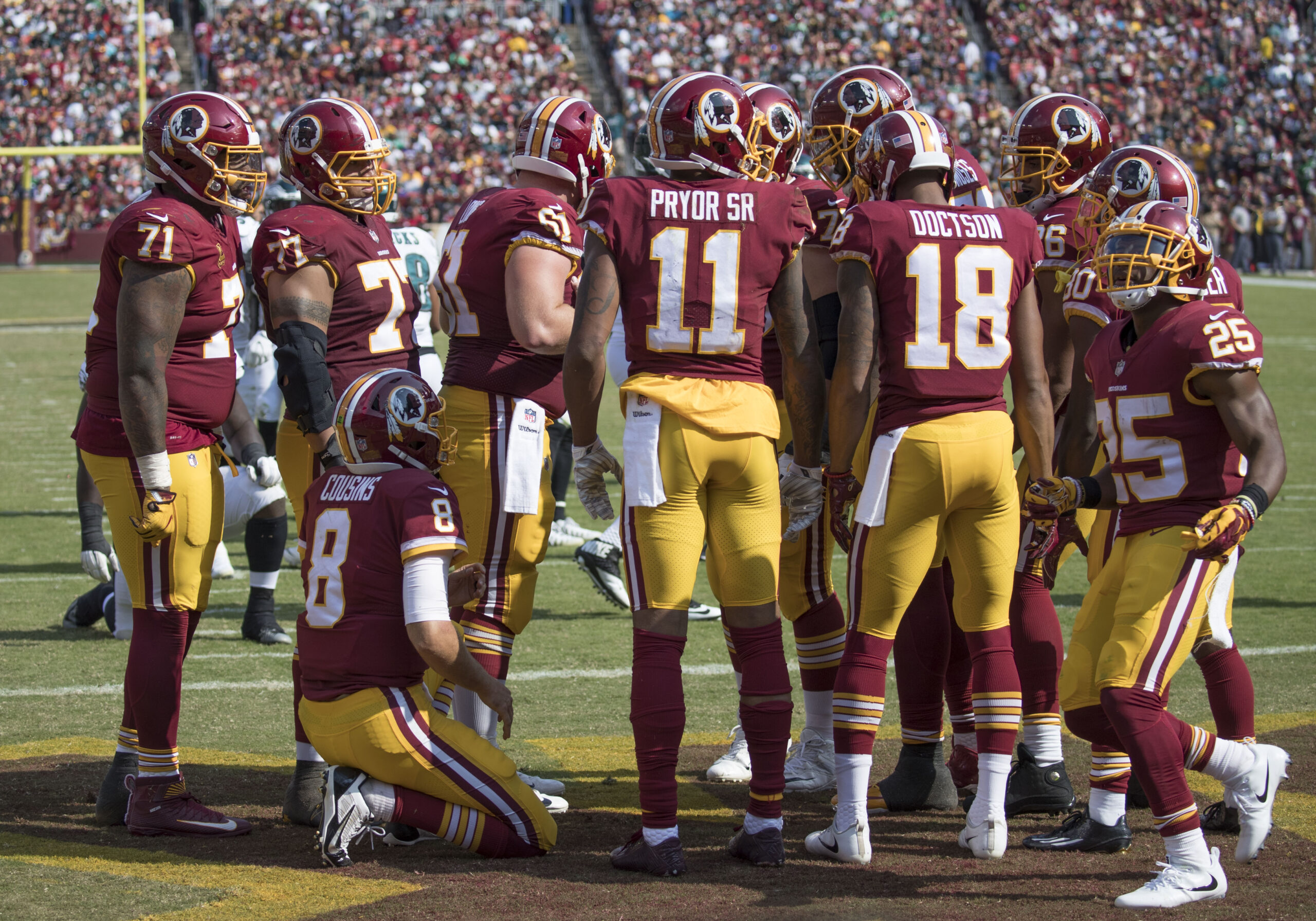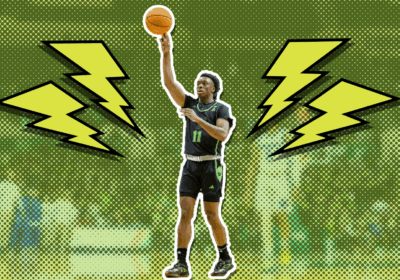Commentary: The disputed history behind Washington’s name should’ve been enough to change it

The announcement to rename the team sparked controversy within the fan base.
https://twitter.com/JeffPops121/status/1282672024519872513?s=20
I’ve been a fan for over 40 years and this is the last straw. I was just getting over the kneeling fiasco and then ownership drops this shocking act of cowardice on the fan base. Attendance was already collapsing and this will only accelerate it.
— Billy Bob (@The_Real_Solyad) July 13, 2020
Good! We Indigenous peoples are not mascots/logos. Racism and racist slurs have no place in sports nor anywhere else. Thank you for this.
— Jarvis Googoo (@JarvisGoogoo) July 13, 2020
The decision also stirred players.
“I’ll always call them the Washington Redskins, I’m sorry,” former offensive lineman Jeff Bostic said in an interview with ESPN, “I’ve got great memories, great game scenarios that played out. There are parts of that I’ll never forget the rest of my life. It was an honor for us to put the helmet on that had the Redskins emblem on the sides.”
The name itself has a complicated history.
In the 1930s, Washington’s football team played in the same stadium as the Boston Braves, who had a similar logo. To avoid confusion, the co-owner ,George Preston Marshall, changed the name to the “Redskins.”
Throughout the years, there has been debate about whether the name was to honor Henry “Lone Star” Dietz, former Washington head coach who identified himself as a Native American. The logo was designed by Walter Wetzel, Blackfeet tribal chairman and past president of the National Congress of American Indians, who based the design off the Buffalo nickel.
The intention behind the team’s name may have been good for the standards 80 years ago, but those same standards don’t apply today.
Even though the name and logo have created joyful memories for NFL players and fans, the name “redskins” has controversial racist origins.
Some historical papers cite the name as what the Native Americans chose to call themselves, and others said it was used to refer to the bloody scalp of Natives and in some cases, related to bounty.
An article published in the 1863 Winona, Minnesota, newspaper, The Republican, stated, “The state reward for dead Indians has been increased to $200 for every red-skin sent to Purgatory. This sum is more than the dead bodies of all the Indians east of the Red River are worth.”
The name originally may not have been to mock Native Americans, but over time, the name and logo have created cultural appropriation of the Native culture leaving many offended.
A 2020 study by UC Berkeley showed that over half of 1,000 participants who identified as Native American found caricatures and use of NFL logos overall offensive.
For most people, wearing the logo and dressing up as a team mascot seems harmless. They are just supporting their favorite football team, after all.
But fans wear feathers and face paint and participate in dances and chants without understanding the true meaning behind the origin and culture.
Richard Lapchick, a human rights activist and writer, compares the use of war paint at football games to participating in blackface to mock the black community.
Over the past nine decades, Native Americans have watched stadiums full of football fans make a mockery of their culture and religion. It has been a problem they have had to “deal with,” creating voices yearning for respect.
The notion that thousands of years of culture can be embodied and respected through a football team’s logo is laughable. Those who argue the logo and name are signs of respect fail to see what’s wrong with “honoring” Native people through sports, something that seems more like a lazy excuse to keep clearly offensive imagery around.
The new name change cannot fix history, but as humans, we grow and adapt to changes. By Washington adopting a new name for its football team, we rid ourselves of a poor attempt at honoring Native Americans, something that is long overdue.







